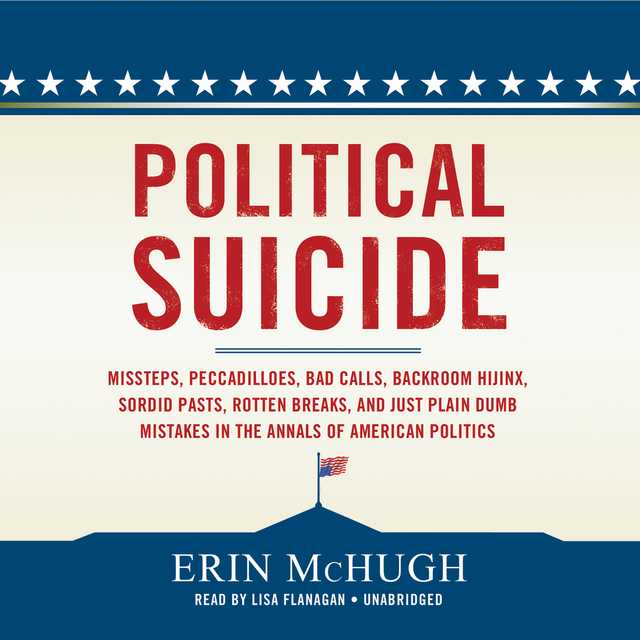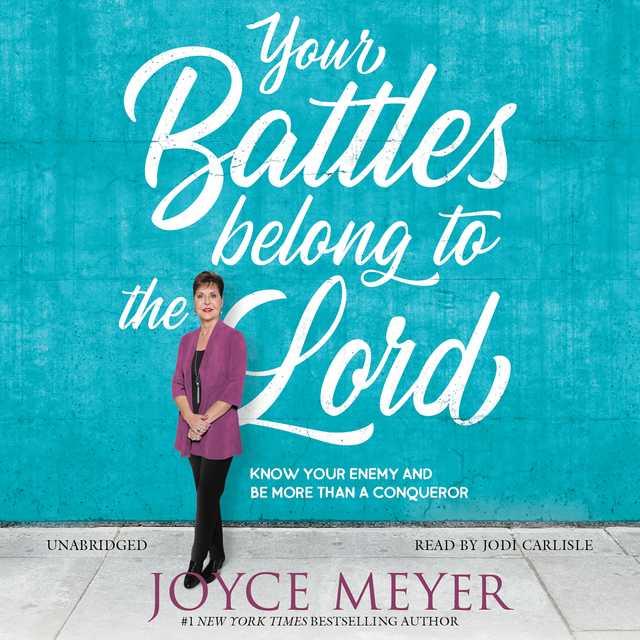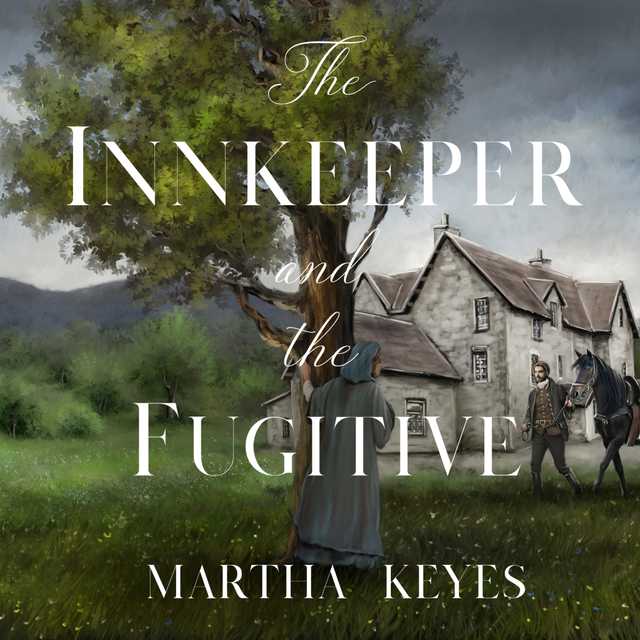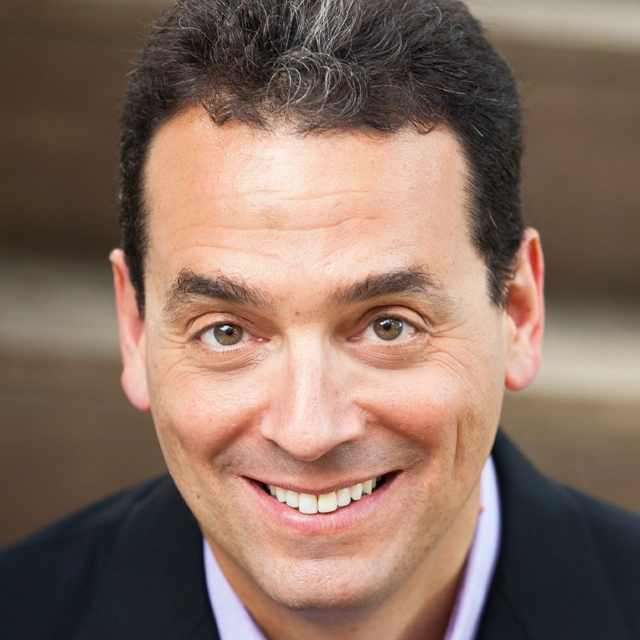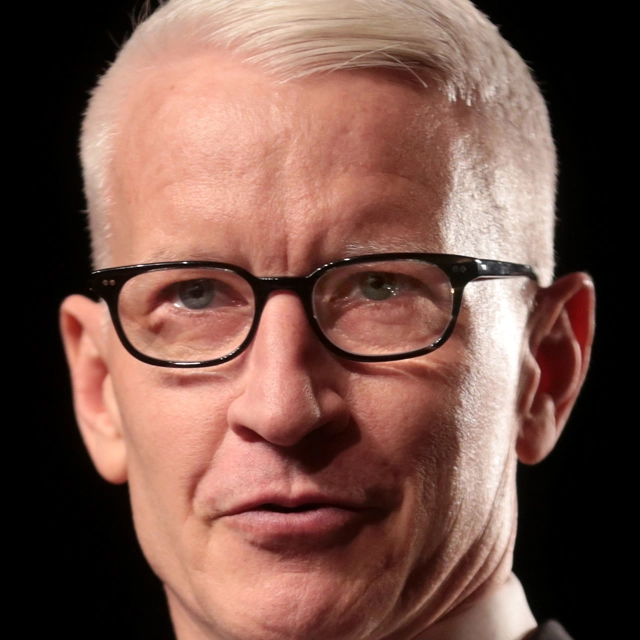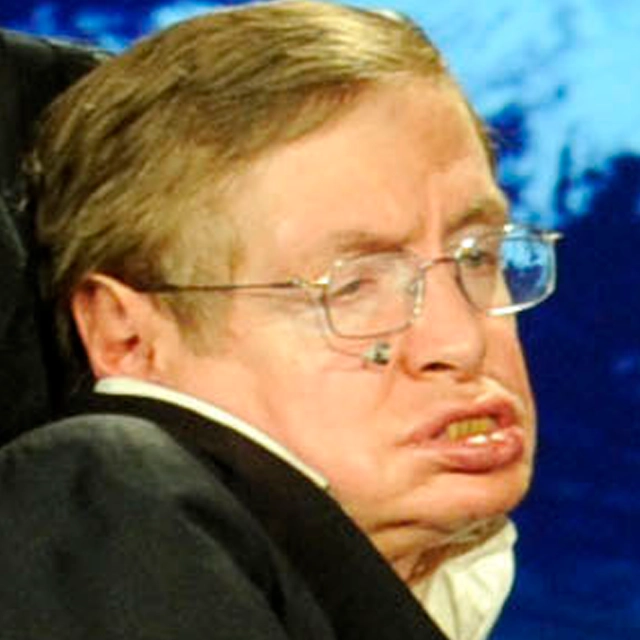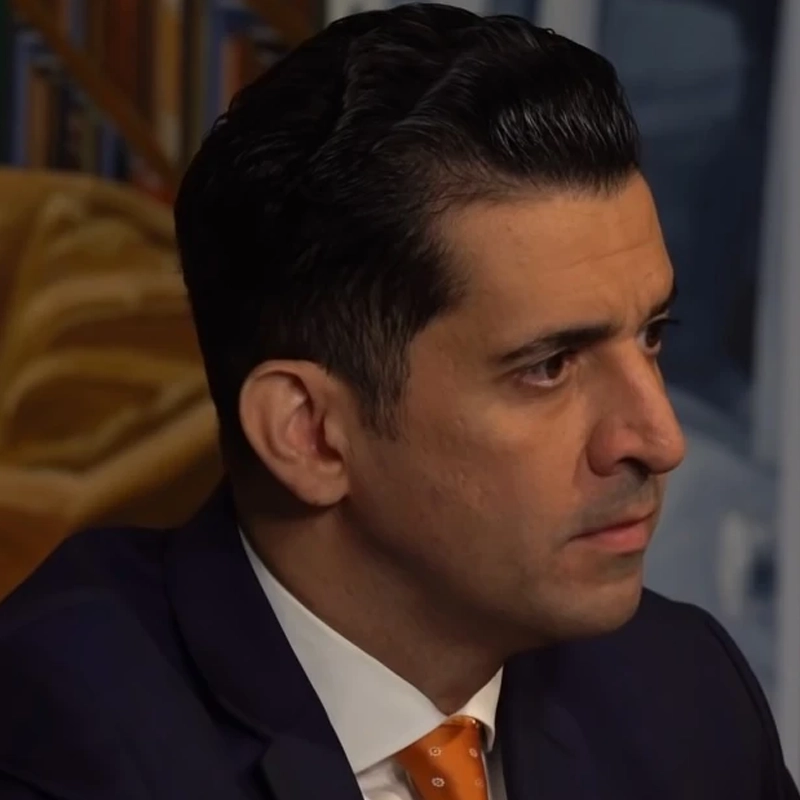Miss Anne in Harlem Audiobook Summary
New York City in the Jazz Age was host to a pulsating artistic and social revolution. Uptown, an unprecedented explosion in black music, literature, dance, and art sparked the Harlem Renaissance. While the history of this African-American awakening has been widely explored, one chapter remains untold: the story of a group of women collectively dubbed “Miss Anne.”
Sexualized and sensationalized in the mainstream press–portrayed as monstrous or insane–Miss Anne was sometimes derided within her chosen community of Harlem as well. While it was socially acceptable for white men to head uptown for “exotic” dancers and “hot” jazz, white women who were enthralled by life on West 125th Street took chances. Miss Anne in Harlem introduces these women–many from New York’s wealthiest social echelons–who became patrons of, and romantic participants in, the Harlem Renaissance. They include Barnard College founder Annie Nathan Meyer, Texas heiress Josephine Cogdell Schuyler, British activist Nancy Cunard, philanthropist Charlotte Osgood Mason, educator Lillian E. Wood, and novelist Fannie Hurst–all women of accomplishment and renown in their day. Yet their contributions as hostesses, editors, activists, patrons, writers, friends, and lovers often went unacknowledged and have been lost to history until now.
In a vibrant blend of social history and biography, award-winning writer Carla Kaplan offers a joint portrait of six iconoclastic women who risked ostracism to follow their inclinations–and raised hot-button issues of race, gender, class, and sexuality in the bargain. Returning Miss Anne to her rightful place in the interracial history of the Harlem Renaissance, Kaplan’s formidable work remaps the landscape of the 1920s, alters our perception of this historical moment, and brings Miss Anne to vivid life.
Other Top Audiobooks
Miss Anne in Harlem Audiobook Narrator
Liisa Ivary is the narrator of Miss Anne in Harlem audiobook that was written by Carla Kaplan
Carla Kaplan is an award-winning professor and writer who holds the Stanton W. and Elisabeth K. Davis Distinguished Professorship in American Literature at Northeastern University. She is the author of The Erotics of Talk and Zora Neale Hurston: A Life in Letters. A recipient of a Guggenheim fellowship, Kaplan has been a fellow in residence at the Cullman Center for Scholars and Writers, the Schomburg Center for Research in Black Culture, and the W. E. B. DuBois Institute and is a fellow of the Society of American Historians.
About the Author(s) of Miss Anne in Harlem
Carla Kaplan is the author of Miss Anne in Harlem
More From the Same
- Publisher : HarperAudio
- Abraham
- American Gods [TV Tie-In]
- Dead Ringer
- House of Sand and Fog
- Prey
Miss Anne in Harlem Full Details
| Narrator | Liisa Ivary |
| Length | 13 hours 34 minutes |
| Author | Carla Kaplan |
| Category | |
| Publisher | HarperAudio |
| Release date | April 15, 2014 |
| ISBN | 9780062347565 |
Subjects
The publisher of the Miss Anne in Harlem is HarperAudio. includes the following subjects: The BISAC Subject Code is Biography & Autobiography, Historical
Additional info
The publisher of the Miss Anne in Harlem is HarperAudio. The imprint is HarperAudio. It is supplied by HarperAudio. The ISBN-13 is 9780062347565.
Global Availability
This book is only available in the United States.
Goodreads Reviews
Rama
June 30, 2020
Jungle fever in 1920's HarlemThis book tells the story of white women in black Harlem collectively referred to as "Miss Anne," has never been told until now. White women who wrote impassioned pleas such as "A white girl's prayer" about their longings to escape the "curse" of whiteness were overlooked. The press sexualized and sensationalized their stories as sexual adventurers or lesbians. For blacks, she was unpredictable, and a "gleeful pickaninny." She is a woman of wealth who thinks she has the right to speak for blacks or a woman looking for a "sheikh," a term referred to young black men with athletic build. For most residents in Harlem, she was an intrusive guest and do not deserve a serious enquiry. Northeastern University professor Carla Kaplan has done a fascinating job of researching and writing this book about the forgotten white women who revolutionized and reformed the racial and ethnic mixing in 1920s Harlem. This story comes out of hard to get original archival material in the form of letters, journals, diaries and notebooks. Many women mentioned in this book are scarcely mentioned in other literary work although their experiences in Harlem were the most important and exciting period of these women's lives. NAACP founder Mary White Ovington, Harlem librarian Ernestine Rose, and philanthropist Amy Spingarn were most effective because they drew least attention.The author analyzes facts to find what made these women to go to Harlem. In their days, Nancy Cunard was dismissed as bed-hopping communist, Josephine Cogdell Schuyler, and Charlotte Osgood Mason, widely regarded as a malignant force, all followed their African dreams to black New York. The race spirit of Harlem renaissance was militant rebellion born from the galvanizing return of Harlem's triumphant regiment after WWI. This historical moment largely precluded white Negrotarians flooding Harlem except for few male white philanthropists who could find their way in if insider status was their goal. White women could do no such thing, most devoted white women activists were at the sea trying to find their way in. These women were documented in every imaginable form of female identity in the Jazz age; the New Woman, the Spinster, the Flapper, the Gibson Girl, the Bachelor girl, the Bohemian, the Twenties "mannish" lesbian, the Suffragist, the inverts, and so on.The six women discussed in this book are grouped in three parts. "Choosing blackness: Sex, Love and Passing," Repudiating Whiteness: Politics, Patronage and Primitivism," and "Rewards and Costs: Publishing, Performance, and Modern Rebellion." The women discussed in this book are; Lillian E Wood, Josephine Cogdell Schuyler, Annie Nathan Meyer, Charlotte Osgood Mason, Fannie Hurst and Nancy Cunard.All six women had influence and impact. Schuyler married one of the most important figures of Harlem renaissance and became a Harlem voice. Mason was most influential patron of Harlem and Cunard edited most comprehensive anthology of the era. Fannie Hurst remained famous because of her successful novel, "Imitation of Life."These six biographies are an effort to hear what "Miss Anne" had to say about herself and her involvement with most volatile issue of the day that race is not a social construction and a white woman's place is certainly not in Black Harlem. The race erotica was unthinkable and unimaginable. This book aims to provide a sense of tension that the women in this book experienced and suggest how their efforts were viewed in their day. It provides a context in which their isolation and loneliness as well as their longing to belong, and everyone understand from their perspectives.The following poem from form "A White girl's prayer" by Edna Margaret Johnson briefly illustrates the sentiments of the six women discussed in this book:I writhe on the self -contempt, O God -My Nordic flesh is but curse;The black girl loathes to clasp my hand;She doubts my love because I'm white.From Nancy Cunard:Last advice to the crackers:Bake your own white meat-Last advice to the lynchers;Hang your brother by the feet.One sitting pretty Black Manis a million-strong on heat.
robin
February 12, 2022
Miss Anne In HarlemIn African-American slang, "Miss Anne" refers to a white woman. The "free play of identity" is a modern concept which suggests that individual identities can be changing and fluid rather than fixed. Individuals often try to remake or reinvent themselves in various ways and choose an understanding of themselves different from the categories into which they were born.Miss Anne and the free play of identity are brought together and explored in Carla Kaplan's new book, "Miss Anne in Harlem: the White Women of the Harlem Renaissance". The book is a group biography of six white women who, during the 1920s and 1930s reinvented themselves to varying degrees as African-American. The women became part of the cultural movement loosely described as the Harlem Renaissance. Kaplan, the Davis Distinguished Professor of American Literature at Northeastern University, is the recipient of a Guggenheim fellowship and the author of a biography of Zora Neale Hurston, among other works.Although the Harlem Renaissance has been studied extensively, the Miss Annes of the period have received little attention. Kaplan's goal was first to find them, to study what they did, and to enter upon the treacherous world of determining motivation. From about 60 women whom Kaplan initially identified as plausible candidates, she narrowed her field down to the six individuals that make the focus of the book, Others make frequent appearances throughout the work. Kaplan states that her book is informed by modern cultural studies, including "critical race theory, identity theory, whiteness studies and contemporary feminism" but she rightly says that the book is a biography and does not demand commitment to these fields by the reader. She identifies several questions that the Miss Annes of her book faced and that individuals still struggle with in considering questions of identity:"Can we alter our identities at will, and if so, how? What if anything, do we owe those with whom we are categorized? Does freedom mean escaping our social categories or instead being able to inhabit those that don't seem to belong to us? The white women of Harlem lived those questions every day, with varying degrees of awareness and varying degrees of success."There was a tension in how African American intellectuals in the Harlem Renaissance viewed race. On the one hand, many frequently sought to break down racial barriers by taking an anti-essentialist view of race. On the other hand, these same individuals frequently found a need for political and cultural solidarity as African Americans sought to better their condition and end the dehabilitating effects of racism. African Americans thus tended to be ambivalent about the Miss Annes who claimed somehow to understand their conditions. In the white society from which they came, the Miss Annes faced ostracism and ridicule.Much of the focus of the book is sexual. In the opening chapter, Kaplan discusses several notorious early 20th Century cases of African American men marrying white women with the resulting tumult. Several but not all the Miss Annes in her book had intimate relationships with African American men while others wrote about such relationships.She also offers an overview of the Harlem Renaissance which stresses how it attracted a great deal of participation from whites. Men found it much easier to cross into Harlem than did women.Kaplan arranges the six women in her book in pairs, with one shorter and one longer story in each group. They are arranged under themes: "Choosing Blackness: Sex, Love, and Passing", "Repudiating Whiteness" Politics, Patronage, and Primitivism" and "Rewards and Costs: Publishing, Performance and Modern Rebellion." She offers a biography of each woman which focuses on the part of their lives they spent in reinventing themselves. Here are the six Miss Annes.Lillian Wood never lived in Harlem. She was a midwestern woman who volunteered in mid-life to teach at an African American school in Morristown, Tennessee, where she lived from 1907 -- 1954. In 1925, she wrote a novel, "Let my People Go". When Wood was studied at all, she was thought, mistakenly, to be black.Josephine Cogdell Schuyler was born to privilege and wealth on a large Texas ranch. She rebelled early, living in San Francisco. Moving to New York City, she was attracted to Harlem and married a famous African American writer, George Schuyler, best known for his book, "Black no More" and for his turn to political conservatism late in life. Mrs.Schuyler wrote essays and poems under a pseudonym. The marriage endured but proved unhappy to both parties.Annie Nathan Meyer was born to a wealthy assimilated Jewish family but rebelled early in life against its expectations. Meyer had a long career and is best known as a founder of Barnard University. In 1924 she wrote a searing play called "Black Souls" about lynching and about the sexual attraction of a white woman for an African American man. The play was produced in Greenwich Village in 1932 where it failed and was, for the most part forgotten.Charlotte Osgood Mason inherited a fortune in her marriage and used it at first to study American Indians. She then became fascinated with African and African American life and gave generous grants to Harlem Renaissance figures Alain Locke,Langston Hughes, and Zora Neale Hurston. Mason was a controlling, difficult figure who ultimately alienated the individuals she tried to assist.Fannie Hurst was born to a Jewish family and became in her day the most financially successful writer in the United States. She became involved in Harlem affairs and wrote the novel for which she is remains remembered, "Imitation of Life". The novel uses many white stereotypes of African Americans, and it alienated Hurst from much of her Harlem base.The sixth Miss Anne, Nancy Cunard, was born to British aristocracy and was heiress to Cunard shipping. She abandoned her home early for a free modern life in Paris. She became romantically involved with an African American musician and composer and ultimately came to see herself as black. Her family disinherited her. Cunard had a controversial, erratic life, but she produced an important work, "The Negro" which was an anthology of over 800 pages of writings on African American life.The Miss Annes in this book are well worth knowing in their own right. I particularly enjoyed the detailed discussion of their books, which were all unknown to me and, in the case of Wood and Meyer, almost forgotten. I am not sure what conclusions I would draw from the biographies about the nature of identity and its free play, other than that people are diverse, individual, and complex. The characters in the book are compelling.The book includes intriguing photographs and a valuable bibliography which is arranged in headings under the six major characters and then under topics, such as "passing" addressed in the book.This fascinating book will appeal to readers interested in the Harlem Renaissance, African American history, and American literature.Robin Friedman
RYCJ
September 29, 2013
'First they ignore you... then sexualize you...and then call you crazy and write you off as a social misfit...' is the overriding theme I found most revealing, or should I say telling, in the reading about defining Miss Anne. Prior to reading this book Miss Anne was either a prissy young girl, or a white woman. It's in this respect that makes this collected timepiece of narratives and researched events of women referred to as Miss Anne, overall compellingly interesting. Many of the narratives contain small surprises, and others really tug on the heartstrings. In all instances a great amount of research went into pulling the accounts together.
Jaylia3
November 01, 2013
This history and group biography of several of the strong minded but sometimes misguided white women who inserted themselves into the Harlem Renaissance is a fascinating look at the rich culture of the time, black and white. Though the 1920's is thought of as an era of freethinking flappers, views of race were rigid and and punishments for crossing the color line were harsh. These "Miss Anne" white women wanted to help bring about a paradigm shift, but they met with a lot of resistance from both sides then, and are largely forgotten today. Miss Anne in Harlem: The White Women of the Black Renaissance is a scholarly book with end-notes and a bibliography, but it is anything but dry. The women's stories are told in sensitive but unvarnished detail and their lives are varied and highly interesting. I picked up the book because I wanted to read about forward thinking novelist Fannie Hurst and rebel British aristocrat Nancy Cunard, but the other women profiled include organizers, educators, and authors whose struggles, choices, personal lives, and public personas are just as compelling.
Jessica
July 16, 2014
update:Well-researched and written, a fascinating account of six white women who passionately involved themselves, to varying degrees of success, in the lives of Blacks in Harlem.* * Heard the author speak yesterday at the Mount, Edith Wharton's home. Highly informative, passionate and engaging. Looks like a great read.
Jennifer
September 02, 2019
There is definitely some ironic privilege at work in a book that focuses on the white people involved in the achievements of black people, but I do feel this book offers some interesting insight into Harlem Renaissance writers. Personally I was very interested in the many interesting tidbits about Zora Neale Hurston. Also, I think an examination of how Harlem Renaissance writing was funded can give us insight into how much of that writing was written sincerely versus to please certain audiences. Perhaps the most interesting aspect of the book though is the exploration of allies in the fight for social justice and the fuzzy line between advocacy and appropriation. This is an important read for lovers of literature, as well as for anyone curious about allyship and social justice.
Carol
October 12, 2013
This book is a keeper. Miss Anne in Harlem: The White Women of the Black Renaissance by Carla Kaplan is an amazing piece of research and was difficult to stop reading. The term “Miss Ann” was brand new to me. Most often, the women who were called "Miss Ann" thought it was a curse that they were white. One woman, Josephine Cogdell Schulyer pushed for "intermarriage as a solution to the race problem". She married a black man herself. She was able to keep her marriage secret from her parents by visiting them without her husband and her daughter. She really wants to make her mark in the world but after marrying, she pushed that aside and concentrated on homemaking. She found herself without women friends and her marriage was a disappointment. Her story is heart wrenching and very sad. This book is set in the 1920s and 1930s in Harlem mostly. Carla Kaplan concentrated on lives of six women who qualify as "Miss Anns" but their lives were all different. The author picked these women because their lives had the most documentation. But there were many white women who flocked to Harlem and their stories will never be told. Harlem at that time seemed to be big experiment. Whites wanted to go to Harlem so they could shock their friends and relatives with amazing tales. Blacks and Whites danced and drank together. It seemed that Whites could loosen up there. Harlem was exploding with Black art, poetry, literature, dance and acting. Duke Ellington played to an all White audience in the cotton club but usually blacks and whites played together in the nightclubs.The black people who lived there saw them as intruders. Celebrities like Tallulah Bankhead and her friend came in drag. Jimmy Durante was there so many recognizable celebrities and politicians came. Writers told of their experiences there. There were even tour guides. It took the Great Depression to end the Harlem Renaissance.This book is full of history that I never read about Harlem and Miss Ann.I received this book as a win from First Reads and that in no way influenced my thoughts or feelings in my review.
OOSA
November 16, 2014
An Interracial RenaissanceThe Harlem Renaissance - the end of the 19th century and beginning of the 20th, a time when jazz was in the height of music. New York City. An artistic and social revolution for dance, literature, art, and music. Professor Carla Kaplan realized that there was so much research on the African American side of things during that pivotal time, yet the one story or narrative that was not being told was the part that white women played during this period. This group of women was known as “Miss Anne.”White women were so into the social aspect of African Americans that they wanted to be part of something they viewed as exciting. Some had the intention of wanting to help those of color rise and be known for their artistic abilities. Others just loved the limelight of what Harlem represented during the time. Many of these women were wealthy and well known in their communities. Professor Kaplan writes about six in particular; women who risked being shunned by their families and communities.Carla Kaplan is a well-known and award-winning professor and author. The reason I mention this is because she obviously has insight and has done extensive research not only on the Harlem Renaissance, but she has delved deeper than that of previous writers. There are so many interesting facts that many of us are not aware of when it comes to this timeframe. For example: Did you know that women of color who were suspected of passing for white could be made to stand before judge and jury and disrobe for them to decide if indeed she was colored? There is so much to be learned between the pages of this book.“Miss Anne in Harlem: The White Women of the Black Renaissance” is thought-provoking. Some things will shock you. Others will leave you disgusted. This is a very good book, but it is very descriptive and lengthy. I would recommend it.Reviewed by: LeonaR
Constance
May 13, 2014
One French Vanity Fair reporter wrote that he could not take his eyes off the "tom-toms" in Montmartre's jazz and the white ladies "swaying luxuriously in the long arms of the dark cowboys."This comment and so many more make this book a joy to read. The white Women of the Harlem Renaissance were strong, but fragile, humble with a huge ego, every juxtaposition one can think of. Nancy Cunard will always be my hero...always.Thank you Ms. Kaplan for your selfless research & delightful writing style. I applaud you!
Robyn
August 08, 2014
Very interesting book about a little known, little discussed aspect of the Harlem Renaissance. Excellent and thorough research. Starts off a little slow, and can be a tedious read...but each story gets better and better. Amazing how these women consistently disavowed Whiteness and unconsciously used their privilege to co-opt Blackness for their own salvation. The epilogue nails it!
Mystic
March 04, 2020
This was a very well-researched and interesting book about a part of American history I am not very familiar with. The book introduced me to so many interesting and amazing characters, both black and white: Nancy Cunard, Zora Neal Hurston, Fannie Hurst, the Schuyler family, Libby Holman, A'lelia Walker, the Rhinelanders, Natalie Curtis, Helen Lee Worthing, Mary White Ovington, Charlotte Osgood Mason, Lillian Wood, etc. I may find other books on some of these folks.
Dominique
December 21, 2020
Meticulously researched, and full of great Harlem Renaissance gossip, and written with some great, sparkling prose, but taken as a whole, the project feels like one intended to rescue these women from obscurity, or unflatten them from being associated with just one story, but she’s pretty incurious throughout about black women, and most of the analysis about black men lacks a gender analysis that is raced. Loved the content, didn’t vibe with the argument.
Jeremy
June 25, 2021
Excellent book! Really broadened my perspective on the Harlem Renaissance and its key benefactors.
L.M.
September 12, 2018
Caplan highlights the white women that dared associate with the Harlem Renaissance. This book reminds me how far we’ve come and how much farther we need to go.
Bridget
September 24, 2019
Good but avoids sex like a puritan.
Most Popular Audiobooks
Frequently asked questions
Listening to audiobooks not only easy, it is also very convenient. You can listen to audiobooks on almost every device. From your laptop to your smart phone or even a smart speaker like Apple HomePod or even Alexa. Here’s how you can get started listening to audiobooks.
- 1. Download your favorite audiobook app such as Speechify.
- 2. Sign up for an account.
- 3. Browse the library for the best audiobooks and select the first one for free
- 4. Download the audiobook file to your device
- 5. Open the Speechify audiobook app and select the audiobook you want to listen to.
- 6. Adjust the playback speed and other settings to your preference.
- 7. Press play and enjoy!
While you can listen to the bestsellers on almost any device, and preferences may vary, generally smart phones are offer the most convenience factor. You could be working out, grocery shopping, or even watching your dog in the dog park on a Saturday morning.
However, most audiobook apps work across multiple devices so you can pick up that riveting new Stephen King book you started at the dog park, back on your laptop when you get back home.
Speechify is one of the best apps for audiobooks. The pricing structure is the most competitive in the market and the app is easy to use. It features the best sellers and award winning authors. Listen to your favorite books or discover new ones and listen to real voice actors read to you. Getting started is easy, the first book is free.
Research showcasing the brain health benefits of reading on a regular basis is wide-ranging and undeniable. However, research comparing the benefits of reading vs listening is much more sparse. According to professor of psychology and author Dr. Kristen Willeumier, though, there is good reason to believe that the reading experience provided by audiobooks offers many of the same brain benefits as reading a physical book.
Audiobooks are recordings of books that are read aloud by a professional voice actor. The recordings are typically available for purchase and download in digital formats such as MP3, WMA, or AAC. They can also be streamed from online services like Speechify, Audible, AppleBooks, or Spotify.
You simply download the app onto your smart phone, create your account, and in Speechify, you can choose your first book, from our vast library of best-sellers and classics, to read for free.
Audiobooks, like real books can add up over time. Here’s where you can listen to audiobooks for free. Speechify let’s you read your first best seller for free. Apart from that, we have a vast selection of free audiobooks that you can enjoy. Get the same rich experience no matter if the book was free or not.
It depends. Yes, there are free audiobooks and paid audiobooks. Speechify offers a blend of both!
It varies. The easiest way depends on a few things. The app and service you use, which device, and platform. Speechify is the easiest way to listen to audiobooks. Downloading the app is quick. It is not a large app and does not eat up space on your iPhone or Android device.
Listening to audiobooks on your smart phone, with Speechify, is the easiest way to listen to audiobooks.














